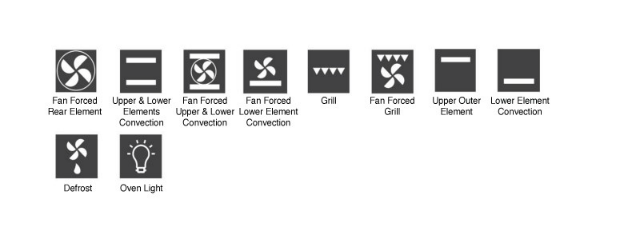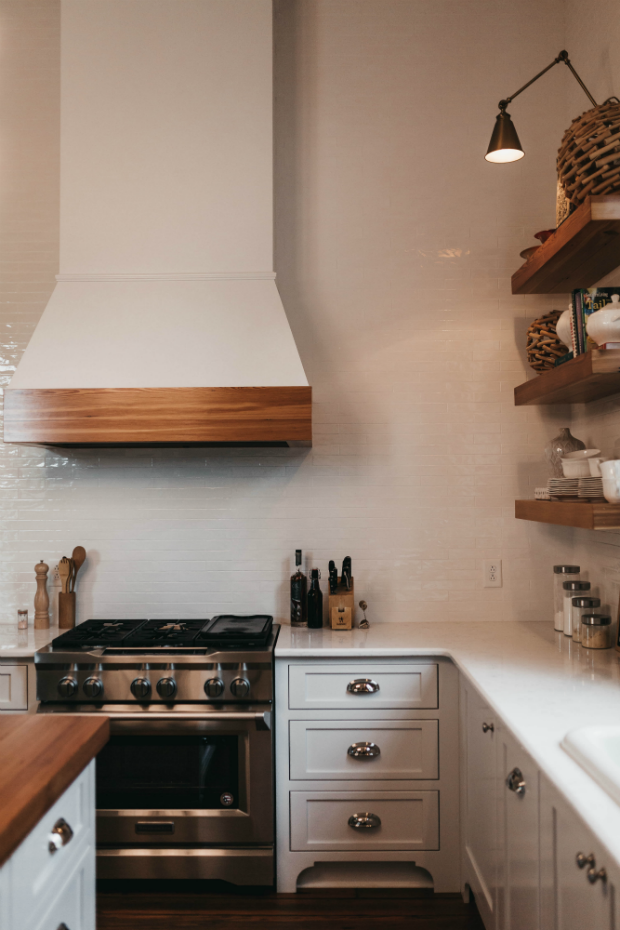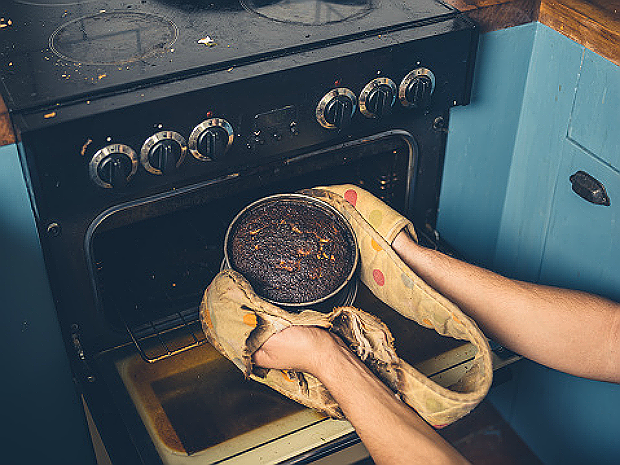How to understand the settings on your oven for cake-baking success
Getting to know your oven can be a little like blind dating: sometimes the first date is a huge success and sometimes it’s, well, a giant flop. And nowhere is that more obvious than when you bake a cake. The first step is understanding how your oven works.

When you bake a cake, you want indirect heat. In order to achieve that, preheat your oven (perhaps a few degrees higher than the recipe states), and let the elements bring the oven to that heat. Then quickly open the oven and place the cake inside, close the door and turn down the heat to where it should be. The thermostat light should go off when the oven is at temperature – this means that the elements switch off and the heat is retained inside the oven. Whether you get to that point, whether you’re using the top, bottom and/or rear element is unimportant. When baking a cake, once you’re at the desired temperature, keep your oven on the bottom element only, or on one of the fan-assisted options (never the grill!). (Pro-tip: When using the fan-assisted options, set the oven to 20°C less than the recipe states, as fan assist cooks quicker and is a dryer heat.)
Accurately measuring the temperature of your oven requires an oven thermometer, but you could also use the guide below for troubleshooting any of your cake-baking issues.

Oven not coming up to temperature (thermostat light doesn’t go off)
This can have two causes: the first is that the thermostat is broken and not turning the elements off when the oven reaches the required temperature. (In which case you’d need an electrician to help.) But this can also be caused by a perished oven seal. Around the door of your oven there’s a rubber seal that prevents the hot air from escaping. If this is perished or not properly attached, warm air will escape, causing the element to keep switching on. Test this by holding your hand at various points around the oven door to see if a lot of heat is escaping. Also visually examine the seal (if it is damaged, don’t worry – it’s a simple and relatively inexpensive item to replace).
Cakes with a peak in the middle
If your cakes keep coming out with a large peak in the middle, your oven could be hotter than you think it is. As a result, the outside edge of the cake is cooking through quickly, while the heat takes longer to penetrate the rest of the batter. It then continues to rise long after the outer edge has set. Some quick fixes include lowering the oven temperature, making sure that all your ingredients are at room temperature or warmer, and insulating the outside of the cake tin by wrapping it in a wet tea towel (or wet newspaper).
Cracked cake top
Cracked tops usually go hand in hand with peaked middles. The inside is still runny, but the top of the cake has set. As the middle continues to rise, it cracks the top. Follow the above steps for fixing peaked middles. Also, only use the bottom heating element so that the top doesn’t crust as quickly.
A dent in the middle
There are two kinds of dents: those that form inside the oven while the cake is cooking, and those that form after you’ve taken the cake out of the oven.
If your dent forms once the cake is out of the oven, that means it hasn’t properly been cooked through. The centre isn’t 100% set and even though it has risen and looks perfect, the bubbles of warm air shrink, resulting in the middle collapsing. To avoid this, make sure the cake is cooked through by inserting a skewer and checking that it comes away clean. (You can also lightly poke the middle of the cake with your finger – if it springs back, it’s done.)
Dents that form while baking are often formed by your batter rising too much, too quickly. It will take a little trial and error to perfect, but the easiest way to remedy this is to reduce the amount of baking powder in the recipe.

Burnt bottom
Cakes that burn at the bottom are usually caused by the bottom element staying on for too long or burning too hot. Sometimes it’s only apparent once the cake is removed from the tin, so keep your sense of smell on high alert. If you detect any burning smells, reduce the heat immediately. Also try using a different oven setting, like fan assist, to prevent this.
Dark on the outside but not cooked through
If your cakes are darkening on the top and/or side before baking through completely, turn the temperature down. If necessary, cover the top with foil to prevent it from browning further.
Uneven rising
This may be due to the position of the fan in the oven. The place that fans out the heat tends to be hotter than other parts of the oven – this can cause the cake to rise higher and faster on that side. Remedy this by making sure that there’s lots of space around each tin, as well as between the tin and the fan. Also try turning the cake around halfway through the cooking time.
Dry cake or cake taking too long to cook
This usually means your oven isn’t as hot as you think it is. So, even if you’re setting it to the correct temperature, it may mean that the temperature gauge isn’t accurate. Try turning the temperature up a little, or use fan assist if you aren’t already.
ALSO READ…
Baking hacks: How to get those perfectly sharp edges when icing a cake
Ready to become a baking badass? Read this and try it the next time you need to ice a cake! by: Katelyn Allegra (The Kate Tin) | 02 Aug 2018 (images: Katelyn Allegra) 4 Genius hacks for softening butter – fast! Want to know the secret to getting those sharp edges on an iced cake?















![Toni Kroos là ai? [ sự thật về tiểu sử đầy đủ Toni Kroos ]](https://evbn.org/wp-content/uploads/New-Project-6635-1671934592.jpg)


